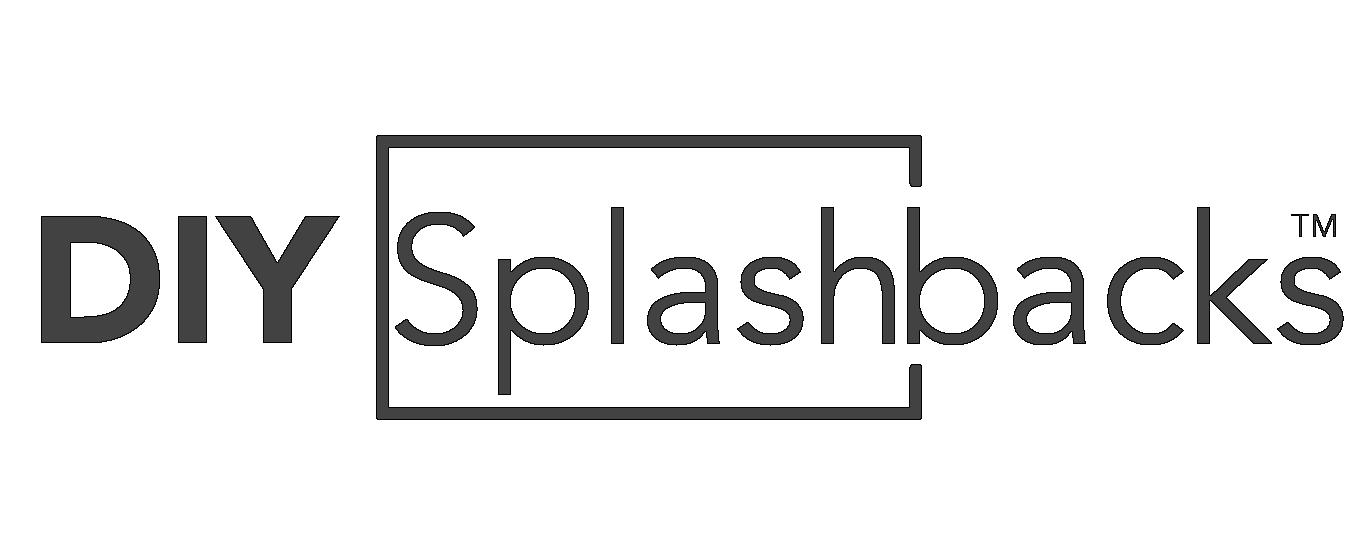What Kitchen Designers Say About Splashback Selection
When it comes to curating a kitchen that blends function with flair, one design feature consistently at the heart of the conversation is the splashback. Leading kitchen designers agree — your splashback is far more than just a protective panel. It’s a design statement, a reflection of your home’s personality, and a key element that ties together the visual harmony of your cooking space.
Let’s tap into what the experts say about making the right splashback selection — and how to strike the perfect balance between timeless appeal and modern innovation.
1. Design Cohesion is Non-Negotiable
Top designers emphasize that a splashback should complement, not compete with your kitchen. Whether you’re dealing with a minimalist setup or a traditional country-style kitchen, cohesion is crucial.
If your countertops are already bold — think marbled quartz or veined granite — designers recommend choosing a neutral glass splashback for a sleek finish. Conversely, if your counters are understated, consider using coloured or printed glass splashbacks to inject vibrancy and depth.
For example, DIY Splashbacks offers a wide range of color-matched options that can be tailored to your cabinetry or wall tone, ensuring your kitchen feels intentional and well-curated.
2. Function Meets Flair
Professionals agree: practicality shouldn’t be sacrificed for aesthetics. A splashback’s core purpose is protection from moisture, grease, and heat. Designers often recommend toughened glass splashbacks because they tick every box — heat-resistant, hygienic, and easy to clean.
Unlike tiles with grout lines that trap dirt, glass offers a seamless surface, giving the kitchen a high-end, low-maintenance edge.
3. Lighting Can Transform the Look
Top-tier designers understand the power of lighting in amplifying a splashback’s impact. A reflective surface, like a mirror splashback, can make smaller kitchens appear larger by bouncing natural light around the room.
For a more subtle glow, LED backlighting behind glass splashbacks has become a rising trend — it adds ambience and sophistication while highlighting textures and colours beautifully.
4. Go Bold — But Know Your Limits
Designers encourage homeowners to be expressive, but not impulsive. Bold colours and printed splashbacks can become statement pieces, but it’s essential to ensure longevity in appeal.
Kitchen designer insight: “If you’re going bold, choose a colour that complements your existing palette — not just what’s trending this year.” With DIY Splashbacks’ colour visualiser, you can preview how various tones work with your kitchen’s lighting and finishes before committing.
5. Future-Proof Your Choice
Great design transcends trends. Kitchen professionals often advise selecting materials and finishes that won’t feel dated in a few years. Neutral hues, clean lines, and materials like glass or acrylic offer enduring elegance.
Acrylic splashbacks, for instance, mimic the look of glass but are lightweight and cost-effective — a practical choice for homeowners who crave flexibility and affordability without compromising design.
In Summary
Kitchen designers are unanimous on one point: your splashback should tell a story. It’s the visual bridge between your countertops, cabinetry, and personal taste. The key lies in marrying style, practicality, and timelessness — a trio that ensures your kitchen stays fresh, functional, and future-ready.
If you’re ready to explore color options, materials, and styles tailored to your space, browse the full range of bespoke splashbacks at DIY Splashbacks.
Related Reads:
Matching Your Splashback to Your Countertops and Cabinets
